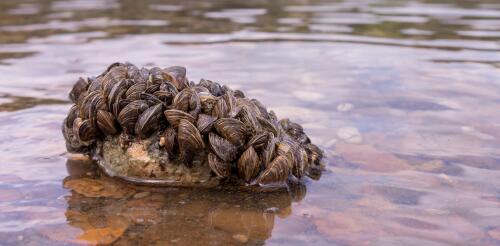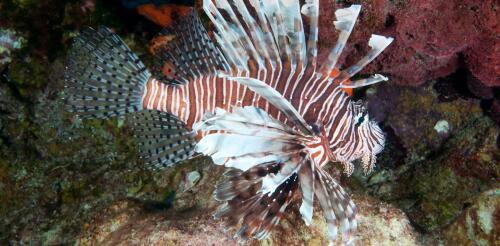Caribbean Sea
Invasive species – including plants, animals and fish – cause heavy damage to crops, wildlife and human health worldwide. Some prey on native species; other out-compete them for space and food or spread disease. A new United Nations report estimates the losses generated by invasives at more than US$423 billion yearly and shows that these damages have at least quadrupled in every decade since 1970. Humans regularly move animals, plants and other living species from their home areas to new locations, either accidentally or on purpose. For example, they may import plants from faraway locations to raise as crops or bring in a nonnative animal to prey on a local pest. Other invasives hitch rides in cargo or ships’ ballast water. When a species that is not native to a particular area becomes established there, reproducing quickly and causing harm, it has become invasive. These recent articles from The Conversation describe how several invasive species are causing eco...
Brazil’s coastal waters teem with a rich array of species that paint a living tapestry beneath the waves. This underwater world is particularly special because many of its species are endemic – they are found nowhere else on Earth. The southwestern Atlantic is home to 111 endemic reef fish species, each of which plays a crucial role in the intricate web of marine life. An uninvited guest has arrived in these tropical waters: the Pacific red lionfish (Pterois volitans). Renowned for its stunning appearance and voracious appetite, the lionfish was first detected off of Florida in 1985 and has spread throughout the Caribbean, killing reef fish in large numbers. Now it has breached a formidable obstacle: the Amazon-Orinoco river plume, which flows into the Atlantic from northeastern Brazil. This massive discharge of fresh water has long functioned as a barrier separating Caribbean fish species from those farther south along Brazil’s coastline. Scientists and env...

